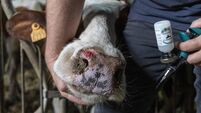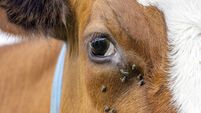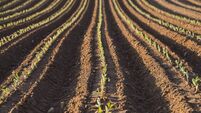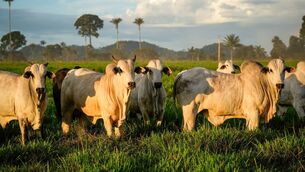Vaccination saving was false economy
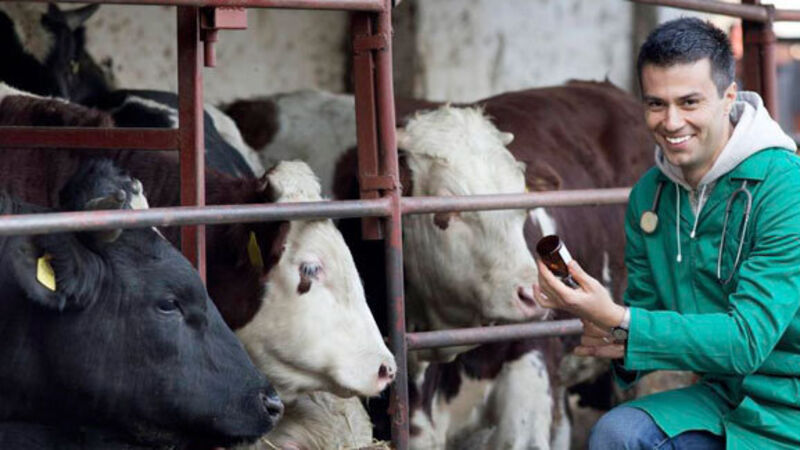
Thinking back on the spring of 2016, the stand-out thing was the amount of calves that we had to put on the drip.
The main cause we found was Rotavirus.
The gut of the calf is like a pipe with loads of “fingers” growing down into the inside of the pipe.
These “fingers” increase the surface area of the inside of the gut dramatically. and allow the calf to absorb all the nutrients from the milk etc, that is in the gut.
As we travel further along the pipe, the contents of the gut become more and more solid, as more and more fluid is absorbed, with the end result being the normal feces we see coming out the back end of the calf.
Rotavirus acts by attacking the “fingers” and drastically shortening them.
This has the effect of decreasing the internal surface area of the gut, so that less fluid and nutrients can be absorbed.
This means that as we travel further down the gut, the contents are still very fluid, so what comes out the back end of the calf is now seen as diarrhoea.
The more developed the disease of Rotavirus, the more watery the scour that we see.
Our advice would always be to vaccinate against this disease.
There are currently three different vaccines available, each one with their own merits.
Your veterinary surgeon will be able to advise you further as to the pros and cons for each vaccine.
If you are going to vaccinate for this coming year, you should have it done already for the early calving cows, but it is never too late.
Last spring, we had a number of clients who decided to cut costs, and opted not to vaccinate for Rotavirus.
Others in their “group” had done so the previous year, and saved a load of money.
What people forget is that every farm is different, and each maybe requires a different herd health plan from its neighbours or “group” friends.
One particular client ended up, in the middle of the spring, with five or six calves being dripped per day, while still giving Lectade to 50 calves twice a day, on top of all the other normal work that had to be done.
This is soul-destroying, and very wearing on a farmer’s spirit at the busiest time of the year, when he needs to be on top of his game.
When we look at the losses here, we first of all look at the deaths, then the cost of the vet, the drugs used and maybe drips etc.
What all these costs equate to is only a minor percentage of the overall costs.
The major costs in any disease situation are made up of ill-thrift, the wasted feed that went into such animals, the labour involved by the farmer in looking after these calves, and the overall worry suffered by the farmer and those in direct contact with him/her.
These major costs account for at least 60% of the overall costs, and often more.
So do the sums.
If calf mortality makes up 10% of your losses in this situation, multiply the value of the calves lost by ten, and you have your real losses in this situation.
Does the cost of vaccination seem like money well spent against these losses, or not?
Recent temperatures mean we have not had the cold winter needed to kill off all the bugs and viruses, so are we going to have the same problems with calf scour again in 2017?
Your situation is up to you!
Talk to your vet.
